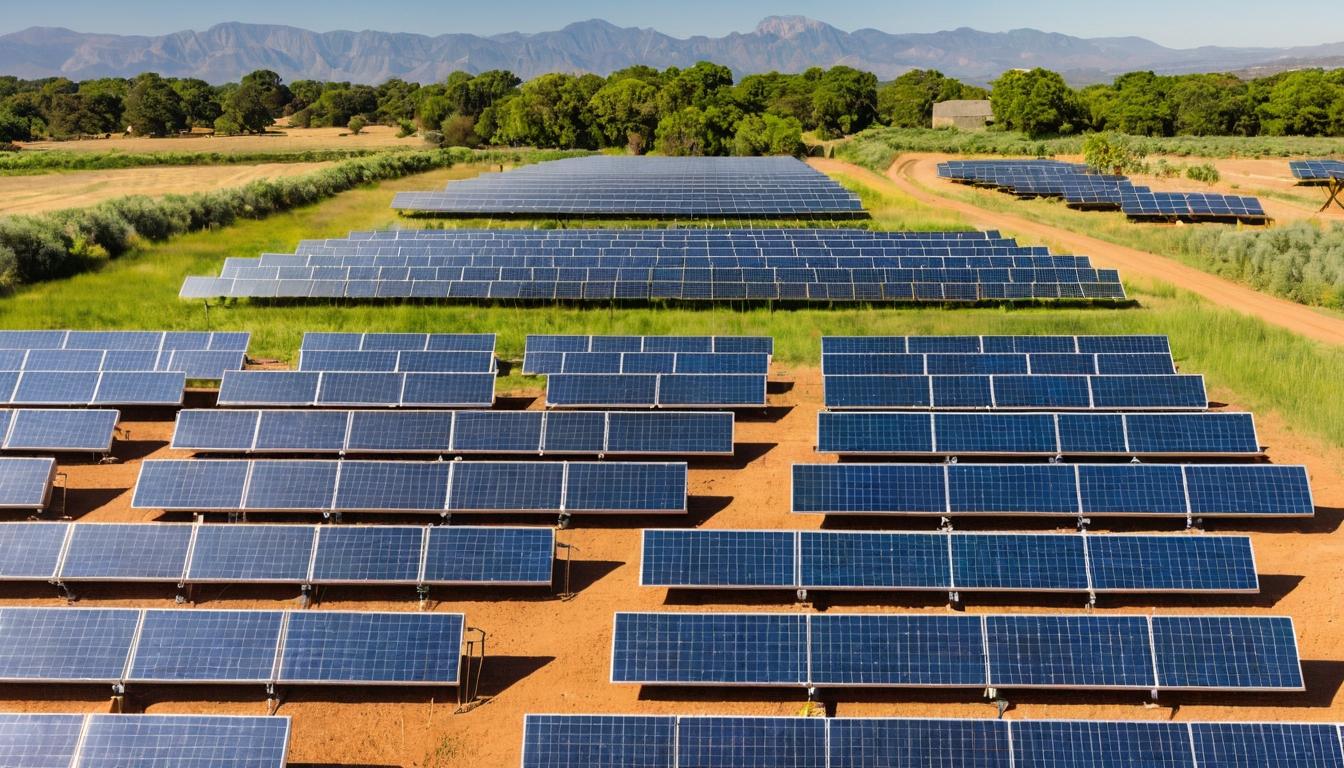In the shadow of sprawling utility-scale solar farms and rooftop installations dominating headlines, a quieter revolution is unfolding across America's neighborhoods. Community solar projects—the unsung heroes of the renewable energy transition—are fundamentally reshaping how ordinary households access clean power without installing a single panel on their own roofs.
Across 41 states, shared solar arrays are springing up on abandoned industrial sites, capped landfills, and underutilized agricultural land. These projects allow subscribers to purchase or lease portions of the generated electricity, typically receiving credits on their utility bills proportional to their share. The model eliminates the two biggest barriers to solar adoption: upfront costs and property limitations.
What makes this movement particularly compelling isn't just the technology, but the socioeconomic transformation it enables. Low-to-moderate income households, renters, and residents of multi-unit buildings—historically excluded from the solar revolution—are now accessing clean energy benefits previously reserved for homeowners with suitable roofs and disposable income.
In Minnesota, which leads the nation in community solar capacity, projects have created a remarkable democratization of energy production. Subscribers include affordable housing complexes, small businesses, schools, and even places of worship. The state's innovative value-of-solar tariff ensures fair compensation for generated electricity while providing predictable savings for participants.
New York's Energy Democracy Alliance has taken the concept further, advocating for community ownership models where residents actually hold equity in the projects. This approach transforms subscribers from mere consumers into energy producers with tangible financial stakes in their local clean energy infrastructure.
The regulatory landscape, however, remains a patchwork of inconsistent policies. While states like Massachusetts, Maryland, and Illinois have established robust community solar programs, others languish with regulatory hurdles or outright prohibitions. The variation creates a national map of energy haves and have-nots based largely on political geography rather than solar potential.
Financing innovations are quietly addressing another critical challenge. Third-party ownership models, crowd-funded investments, and nonprofit-led initiatives are making projects viable even in communities traditionally deemed 'unbankable' by conventional financiers. These creative structures are proving that where there's political will, capital will follow.
Environmental justice dimensions add layers of complexity and opportunity. Community solar projects are increasingly being sited in areas burdened by pollution, creating not just clean energy but local jobs and economic development. The dual benefits of reduced electricity bills and improved air quality represent a powerful combination for overburdened communities.
Technological advancements are accelerating the movement's potential. Improved panel efficiency means smaller footprints can generate more power, while blockchain-enabled platforms are making subscription management and credit distribution more transparent and efficient. Smart inverters and advanced grid integration solutions are helping utilities manage the distributed nature of these resources.
The future likely holds even more innovative applications. Floating solar arrays on reservoirs, agrivoltaics combining agriculture with energy production, and solar canopies over parking lots all represent untapped potential for community-scale projects. Each innovation opens new possibilities for locating generation closer to load centers.
Despite the progress, significant challenges remain. Interconnection queues remain clogged, tariff designs often fail to properly value distributed resources, and consumer protection concerns require vigilant oversight. The industry must navigate these hurdles while maintaining its grassroots ethos.
What emerges from examining this quiet revolution is a compelling narrative about energy democracy in action. Community solar represents more than just megawatts—it embodies a shift toward decentralized, participatory energy systems where communities have agency over their power sources. This model doesn't just change where electrons come from; it changes who benefits from their production.
As climate urgency intensifies and energy equity concerns move to the forefront, community solar offers a pragmatic path forward that combines technological innovation with social transformation. Its continued expansion may well determine whether the renewable energy transition benefits the many or just the few.
The hidden revolution: how community solar is quietly transforming energy access

